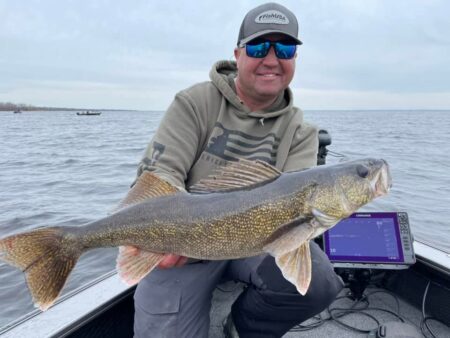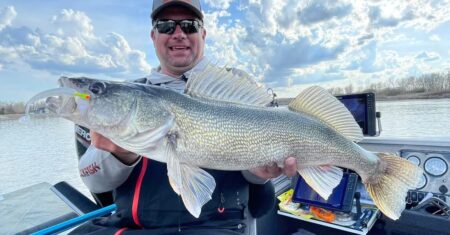So you bought Garmin LiveScope. Time to rig it up on your boat and start catching fish right? While the default settings do work, there is a learning curve when it comes to getting the most out of your investment.
Boat rigging and electronics guru (not to mention full-time Leisure Outdoor Adventures guide and tournament angler) Chuck Hasse knows the ins and outs of LiveScope and how to make it work best for you in a variety of conditions.
The first thing Hasse does is change the default color palette to the blue setting, which Hasse says gives him the clearest return when deciphering fish from structure and cover as it has a wider range of colors that represent different return signals. A decent-sized fish on this palette will have a yellow outline with a nice red inside, while bait may only appear yellow. That’s because a bigger fish gives off a stronger return.
Hasse recommends putting the trolling motor down, locating a school of fish, and then playing with distance and gain settings until the fish and structure read clearly. For the most part, increasing your distance to 100 feet is good when scanning for fish at a distance over clean bottoms like sand or mud. If you’re looking for fish in cover like rocks or weeds, then it’s a good idea to decrease your distance to better pick out fish between cover like rocks and weeds. Gain also helps you see fish at a distance by increasing it, but when weeds and rock clutter up the screen, decreasing gain will again help you pick out weeds amongst rock and weeds by delivering a more distinct return on your screen.




